
Snacks around the world aren’t always what you expect, and sometimes, the things people casually munch on might leave others completely stunned. From insects and fermented foods to flavors that mix sweet, sour, and salty all at once, every country has something that might seem totally weird unless you grew up with it. These are the 15 bizarre things people eat as snacks.
Fried Tarantulas – Cambodia
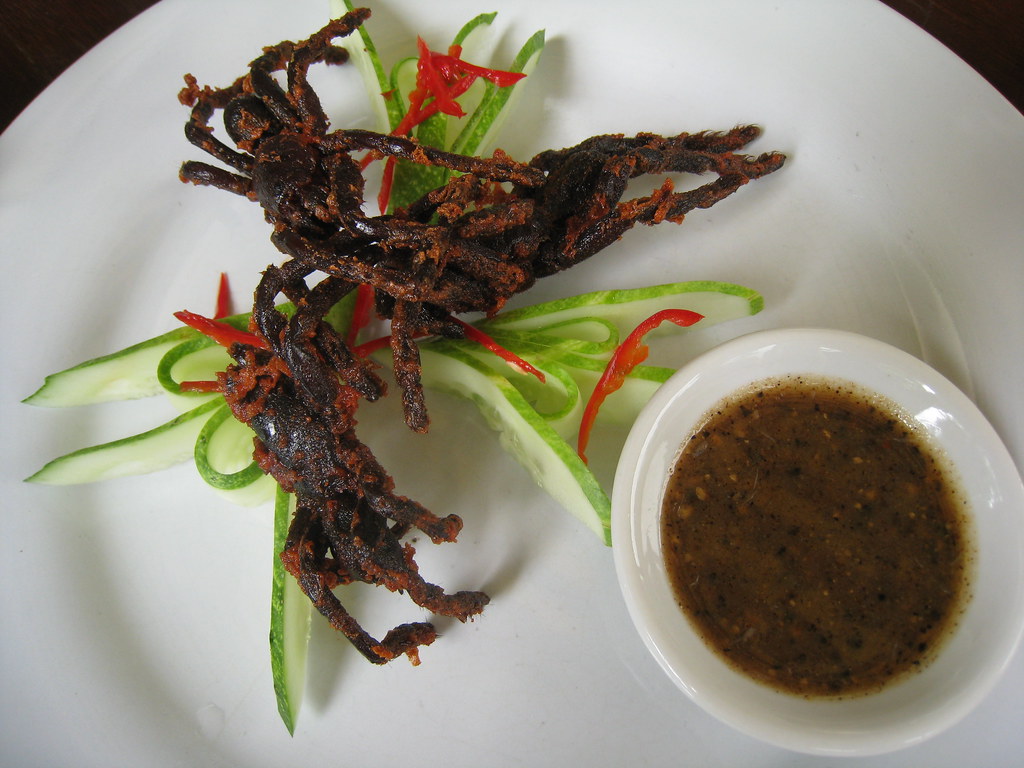
In Cambodia, spotting fried tarantulas at a street stall is as normal as grabbing a bag of chips elsewhere. These spiders are deep-fried until perfectly crispy and are often eaten whole, legs and all. Locals say they taste like a mix between crab and chicken, and while the idea might send chills down your spine, they’ve become a popular snack for both the curious and the hungry.
Balut – Philippines
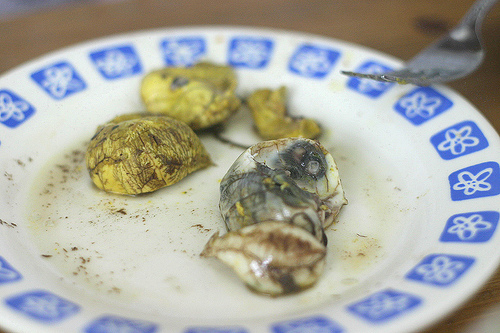
Balut is one of those snacks that really challenges how you define food. It’s a fertilized duck egg with a partially developed embryo inside, and it’s commonly eaten right from the shell with a sprinkle of salt or a splash of vinegar. While the texture can surprise first-timers, many people in the Philippines see it as both a delicacy and a comforting late-night street food.
Dried Lizard – China

This snack might make you double-take the first time you see it. In parts of China, dried lizards are sold whole, and while they’re sometimes used in soups or teas, they’re also eaten on their own like jerky. They’re believed to have health benefits, especially in boosting energy and fighting illness, so they’ve stayed part of traditional snacking habits.
Hákarl – Iceland

Nothing really prepares you for the first bite of hákarl, a fermented shark meat that smells powerfully like ammonia and tastes just as strong. The meat is buried underground for weeks, then hung to dry for months until it’s safe to eat. Icelanders consider it a cultural tradition and a rite of passage, though most people outside the country find the flavor almost impossible to forget—or handle.
Crispy Crickets – Thailand

In Thailand, you can find crispy crickets being sold by the bag at markets like popcorn. They’re deep-fried, tossed in spices, and eaten by the handful. While the thought of bugs might put some people off, the crunch and savory flavor make them a surprisingly addictive snack that’s also rich in protein and considered better for the planet than many traditional meats.
Century Eggs – China
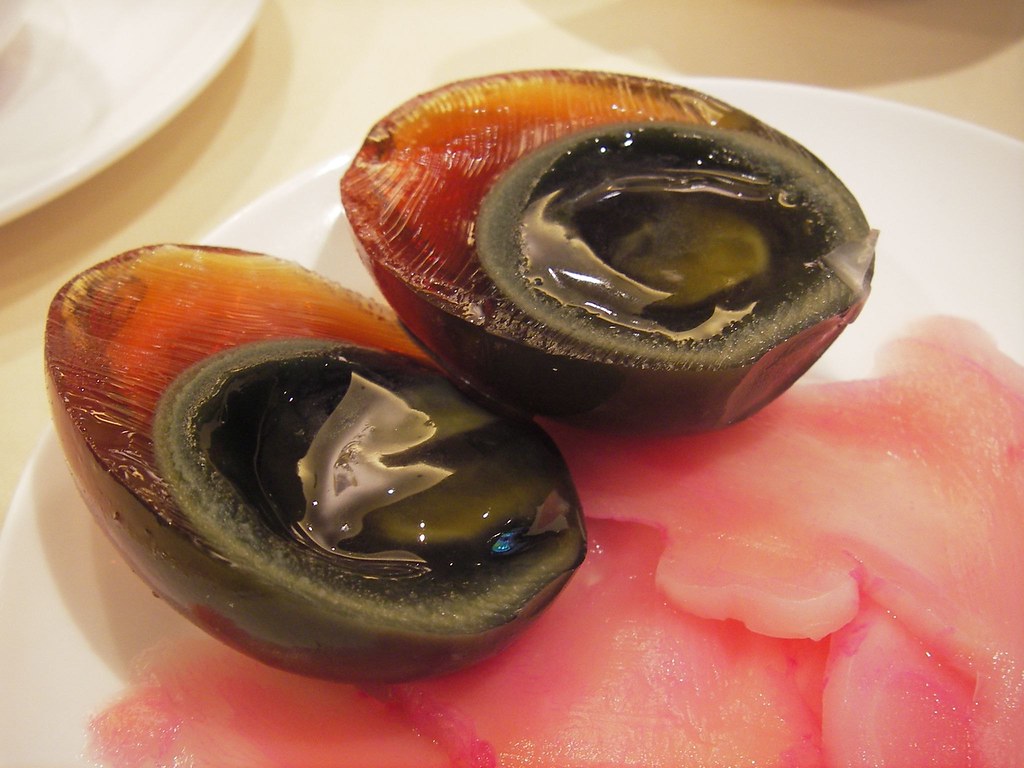
At first glance, a century egg looks like it belongs in a science lab, not on a plate. The white turns black and jelly-like, while the yolk turns green and creamy. But these eggs aren’t a hundred years old—they’re preserved for a few weeks in a mix of ash, salt, and clay. The taste is bold and earthy, and many people pair them with rice or congee.
Witchetty Grubs – Australia
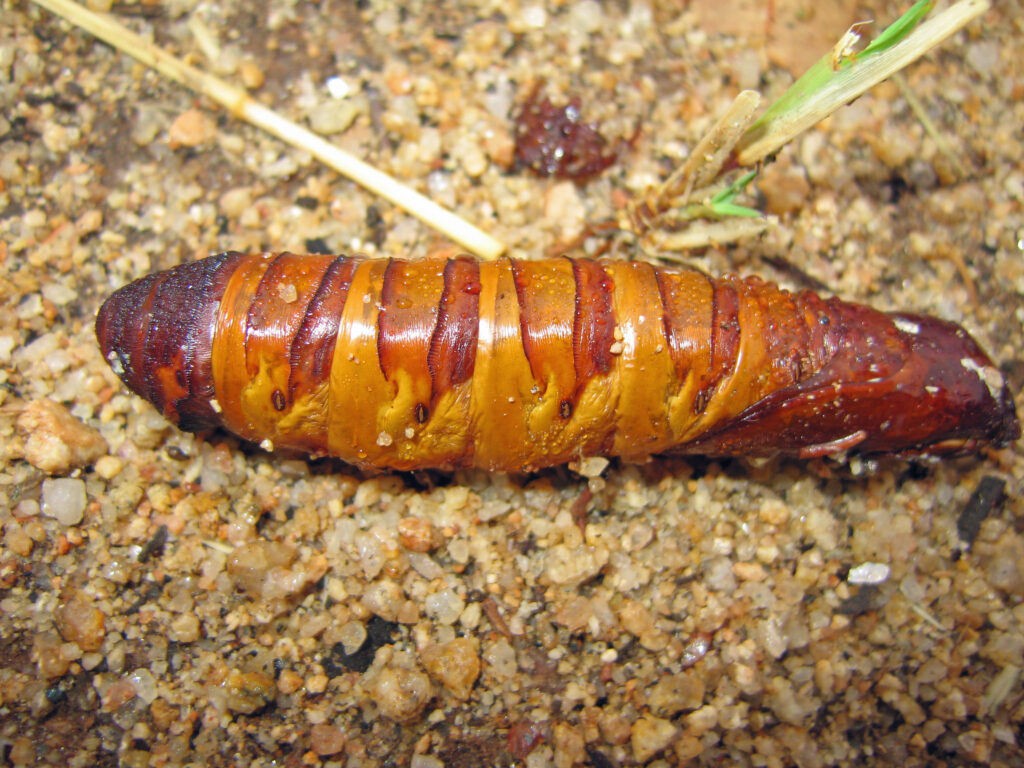
For Indigenous Australians, witchetty grubs have long been a part of traditional diets. These large, white larvae are found in the roots of certain trees and can be eaten raw or roasted. Raw, they taste a bit like almonds, but when cooked, the outside crisps up while the inside stays soft. They may not look pretty, but they’re a reliable and nutritious food source from the land.
Casu Marzu – Sardinia, Italy
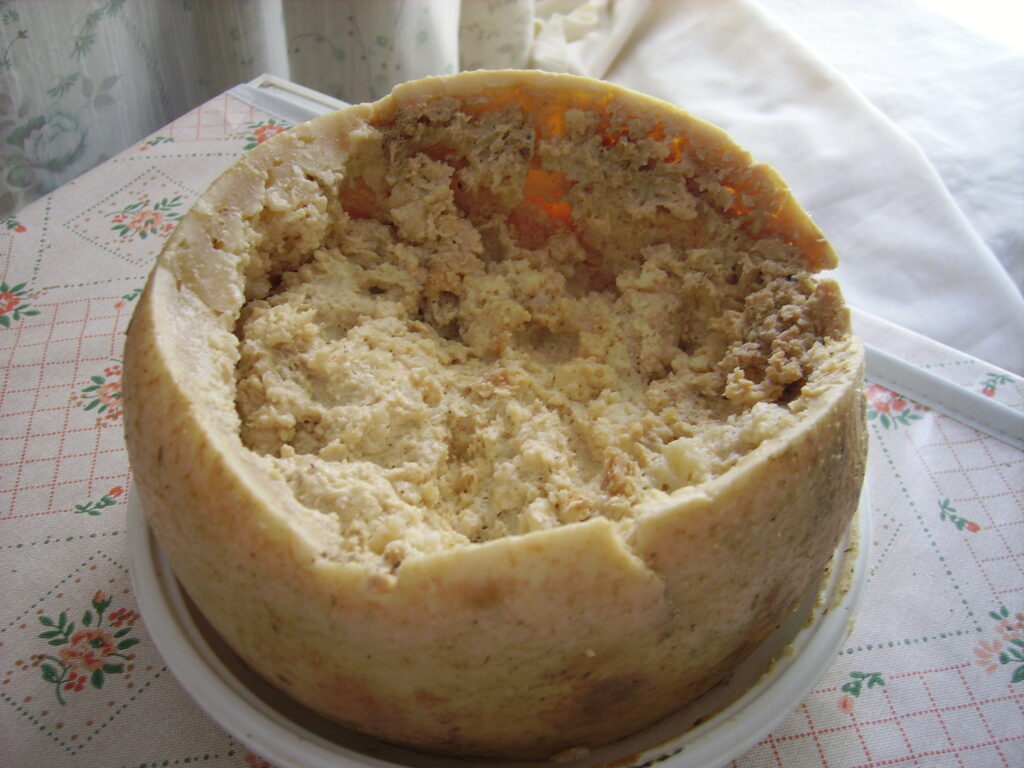
Casu Marzu isn’t just cheese—it’s cheese taken to the extreme. It’s made by allowing live maggots to break down the fats in the cheese, creating a soft, almost spreadable texture. It’s considered unsafe by food laws in many places, but locals in Sardinia treat it like a delicacy. People who grow up with it say the strong flavor is worth every bite, squirming maggots and all.
Pickled Mango with Chili – India

In India, snacking isn’t always sweet—sometimes, it’s an explosion of sour, spicy, and salty all in one. Pickled mango with chili is made from unripe mangoes preserved with oil and spices. It’s eaten on its own or with rice, but either way, the intense flavor hits fast and lingers long. For those who love bold food, it’s a favorite that packs a serious punch in every bite.
Duck Blood Tofu – Taiwan
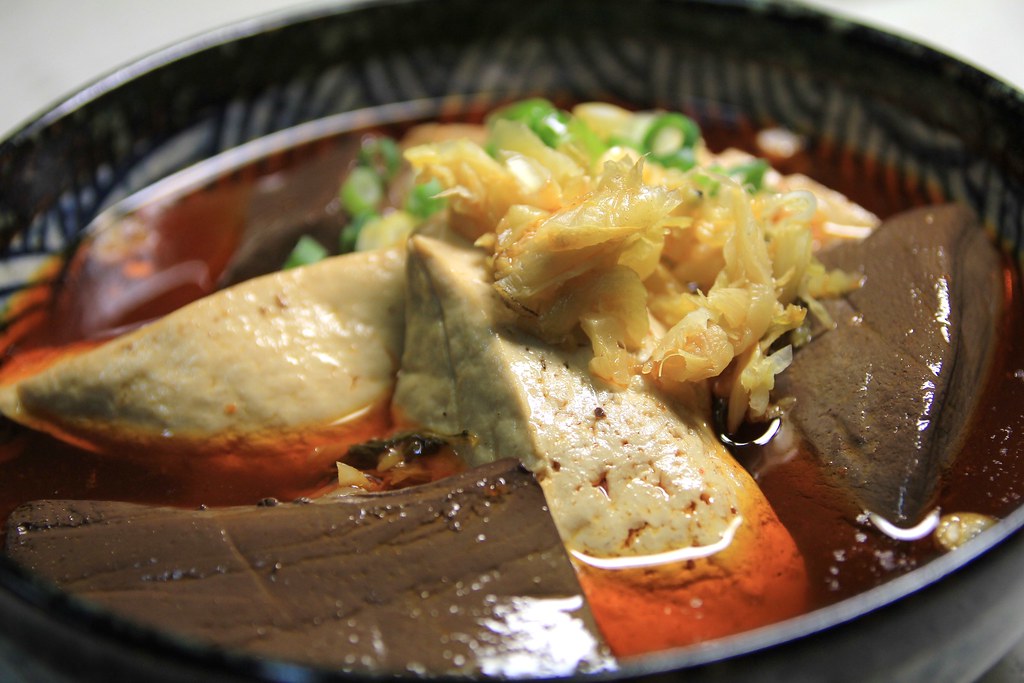
This dish looks like cubes of soft jelly, but it’s actually made from congealed duck blood and is often found in hot pots and soups across Taiwan. It doesn’t have a strong flavor, so it’s usually cooked with rich broths or spicy sauces. It’s packed with iron and nutrients, and while it might seem odd to outsiders, it’s a familiar comfort to many locals.
Roasted Seaweed – Korea

Seaweed might not sound like the most exciting snack, but thin sheets of roasted seaweed are beloved for their light crunch and savory, salty flavor in Korea. They’re eaten alone or used to wrap rice, and they’re a healthier chip alternative. While the ocean smell might take some getting used to, it’s a snack that’s both satisfying and full of minerals.
Blood Sausage – Various Countries

Many countries have their version of blood sausage, where animal blood is mixed with rice or grains and then stuffed into a sausage casing. It sounds intense, but people worldwide—from Scotland to Argentina—consider it a savory treat. It’s often fried or grilled, and its rich, earthy flavor makes it a filling snack or meal, especially when served with bread or potatoes.
Salmiakki – Finland
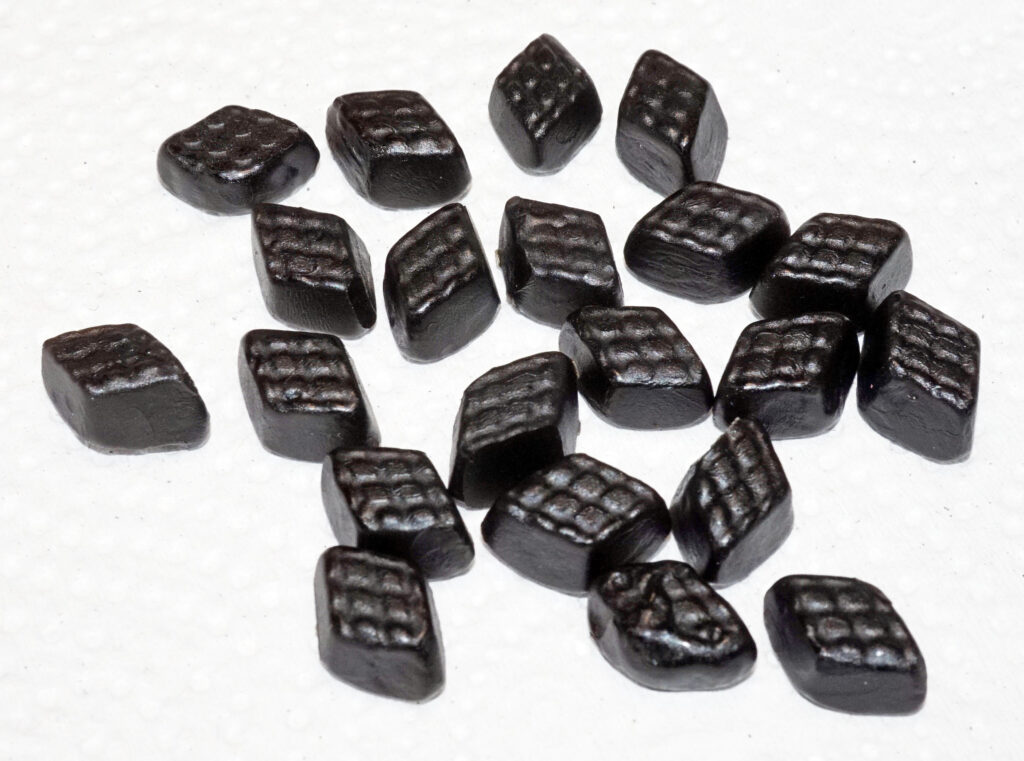
This salty licorice candy is something only a true fan can appreciate. Flavored with ammonium chloride, salmiakki has a sharp, medicinal taste that can feel like a slap in the mouth for first-timers. It’s chewy, powerful, and oddly addictive to many Finns, who grow up eating it and even enjoy it in ice cream or mixed into vodka for a bold, unforgettable kick.
Natto – Japan

Made from fermented soybeans, natto is sticky, stringy, and has a smell that divides even the most adventurous eaters. It’s eaten cold, often with rice, and has a strong flavor that many people find off-putting at first. But in Japan, it’s a breakfast staple packed with protein and probiotics, and those who love it swear by its health benefits and deep umami taste.
Escamoles (Ant Eggs) – Mexico
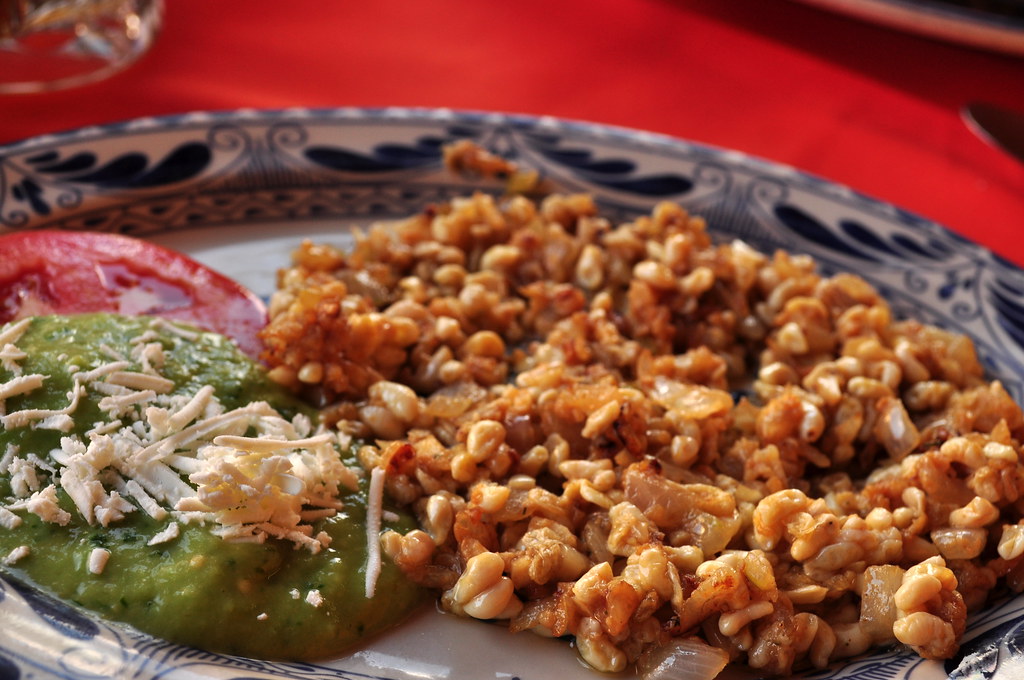
Sometimes called “insect caviar,” escamoles are ant larvae harvested from agave roots and cooked with butter, garlic, and herbs. They have a soft texture and a nutty flavor, making them a prized delicacy in central Mexico. They’re often served in tacos or mixed with eggs, and while they might sound strange, they’ve been part of local cuisine for centuries.
Leave a comment